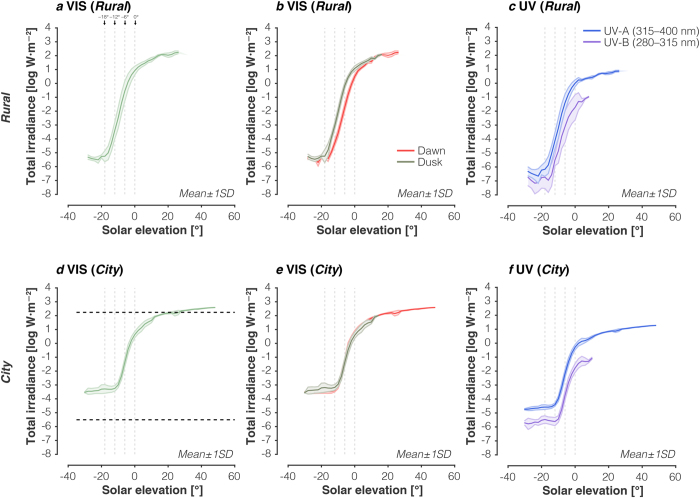Figure 2. Intensity changes in downwelling illumination as a function of solar elevation.
(a) Dependence of total visible irradiance (400–800 nm) on solar elevation at the Rural location. Vertical lines indicate transition zones between night, astronomical twilight, nautical twilight, civil twilight, and daylight. (b) Same as in panel (a) but split into morning/dawn and evening/dusk sequences. (c) Dependence of total UV-A irradiance (315-400 nm) and UV-B irradiance (280-315 nm) on solar elevation at the Rural location. Because of wavelength range differences in the two spectrometers used during the different twilight/daylight regimes, there are no UV-A data for the daylight regime. (d) Dependence of total visible irradiance (400–800 nm) on solar elevation at the City location. Horizontal lines indicate maxima and minimum mean total irradiance values for the rural location (panel a). (e) Same as in panel (d) but split into morning/dawn and evening/dusk sequences. (f) Dependence of total UV-A irradiance (315-400 nm) and UV-B irradiance (280-315 nm) on solar elevation at the Rural location. Data were averaged in 2° bins.

